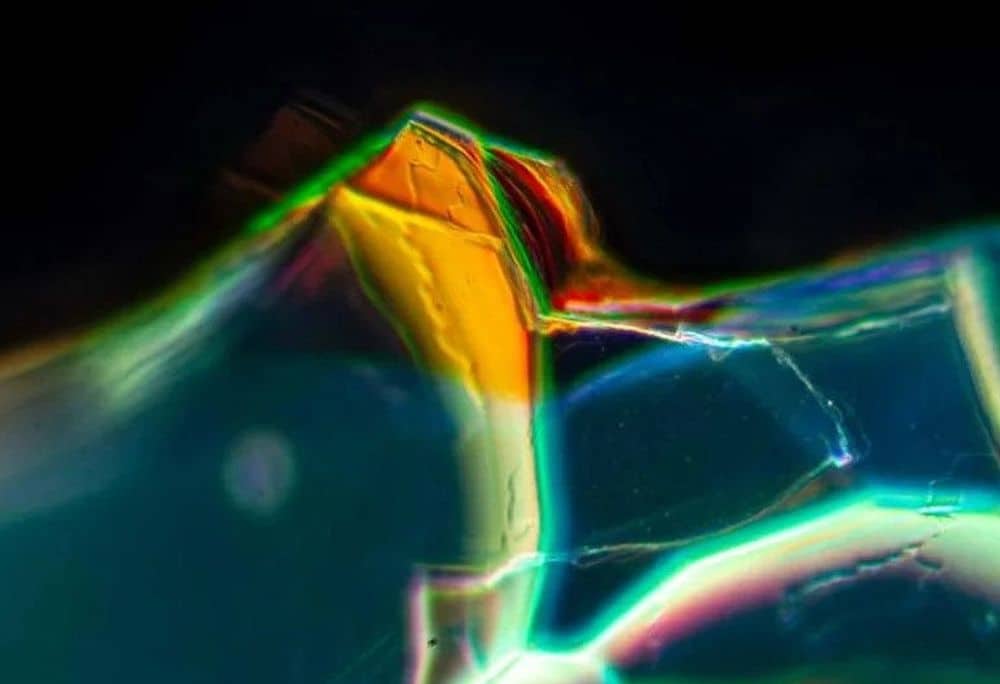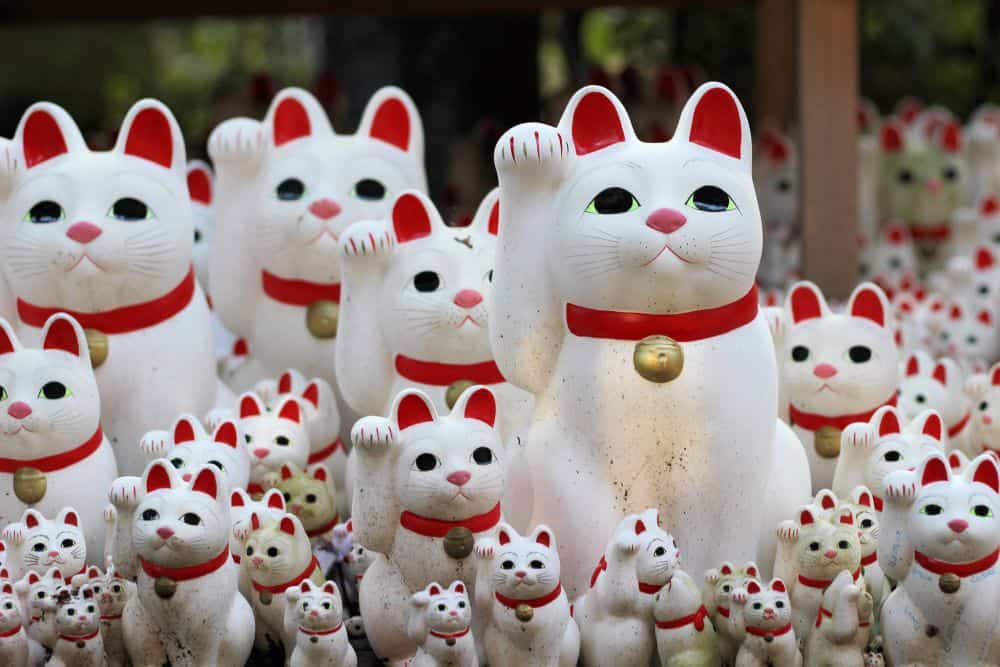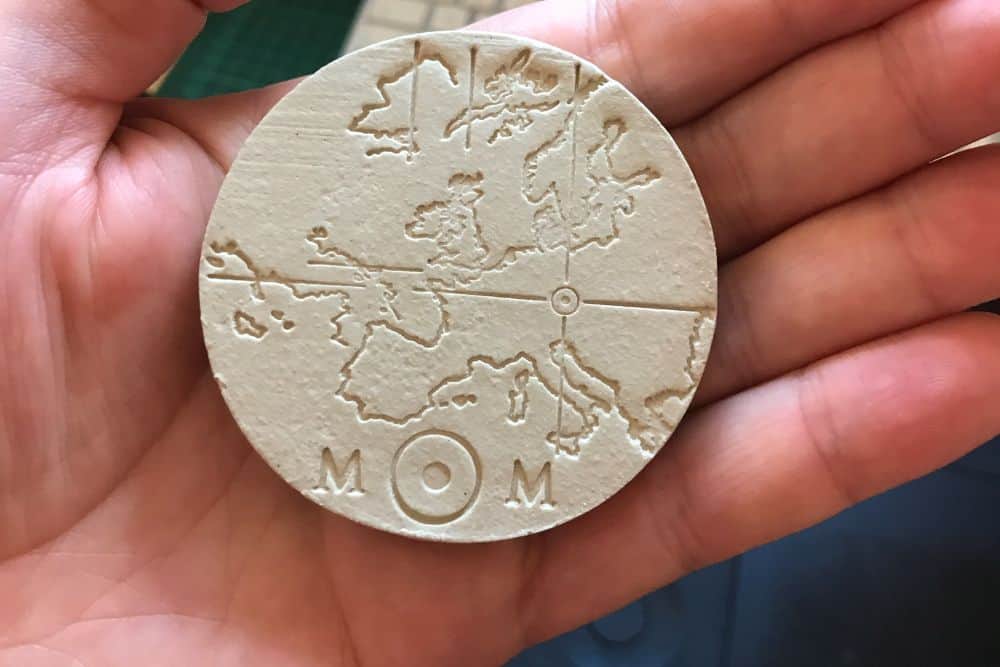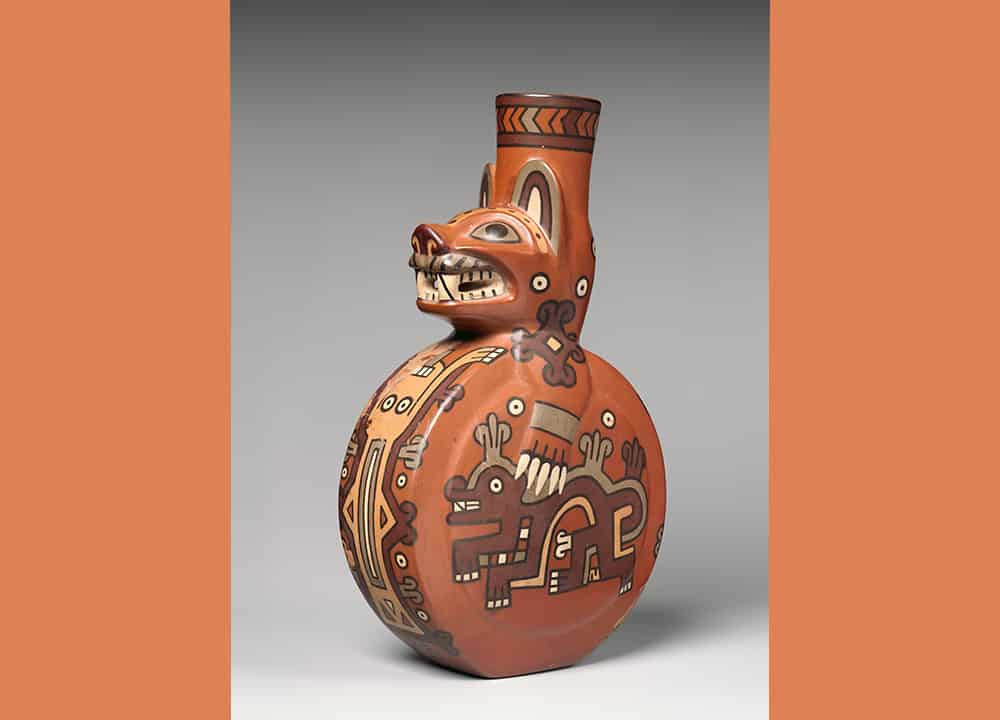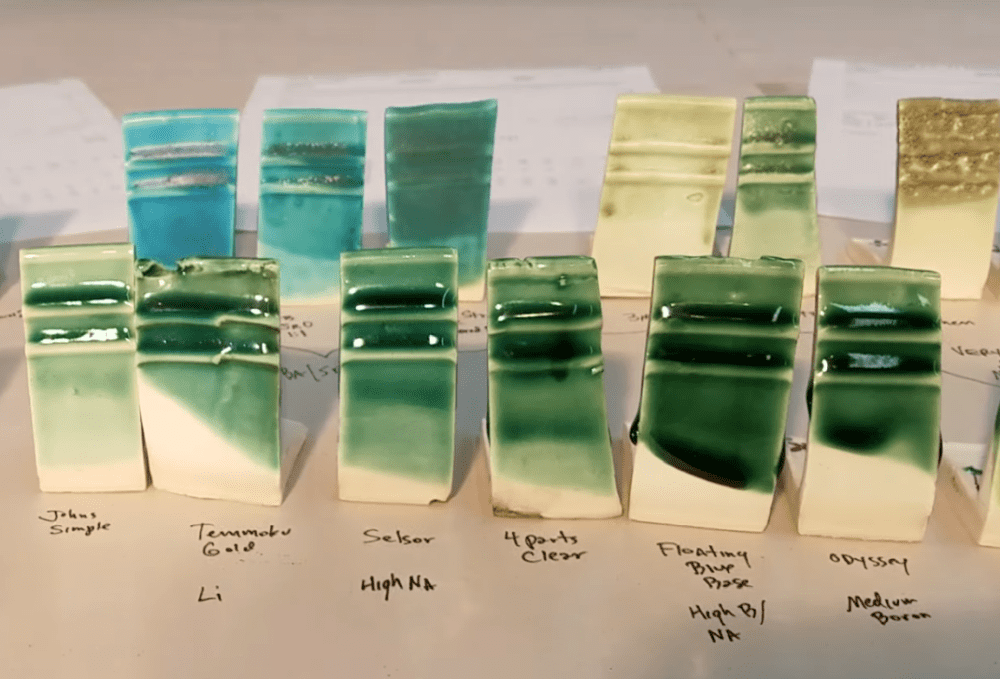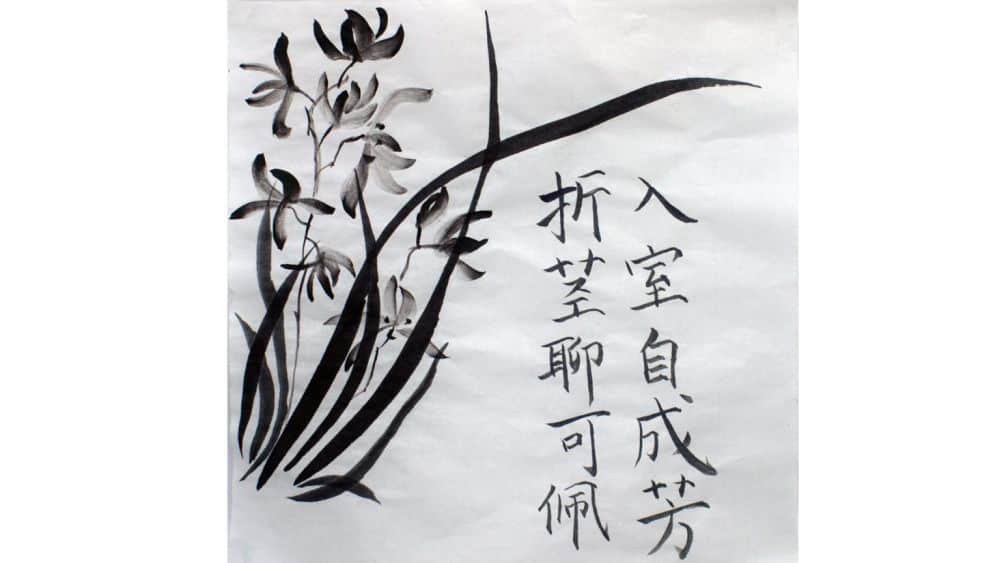Photonic crystals are manufactured structures used in many advanced optical devices to control the flow of light. Researchers in Italy and the U.S. discovered that an ancient Roman glass fragment naturally formed a photonic crystal structure on its surface through environmental weathering.
Read MoreAs chocolate became a fashionable beverage throughout Europe in the 17th century, it became big business to design and sell cookware specifically designed for preparing chocolate. Learn about the European chocolatière, or chocolate pot, in today’s CTT.
Read MoreMany cultures have symbols or rituals that are widely viewed as lucky within that society. The maneki-neko, or Japanese “beckoning cat,” is one cultural symbol that has grown to be recognized almost universally as a figure of good luck. Learn about the history of maneki-neko and how to make one for yourself.
Read MoreLenticular printing, or a method to produce printed images that change or move depending on viewing angle, typically uses plastic as the medium. Artist Rufus Butler Seder developed a way to create glass-based lenticular images, and his murals appear in public places around the world.
Read MoreLike Roman concrete, plasters from the ancient Maya civilization are another historical building material that researchers are trying to understand and replicate. In a recent open-access paper, University of Granada researchers used advanced imaging techniques to reveal that the addition of organic molecules to the Maya plasters induced the formation of biomimetic structures, which are likely key to the plaster’s durability.
Read MoreHow can we preserve our knowledge for people living thousands of years in the future? Austrian ceramicist Martin Kunze launched the Memory of Mankind project to record information on ceramic tablets, which will be stored deep within a salt mine to preserve today’s knowledge for future generations.
Read MoreThe expansive Wari civilization was the first political structure to unify the south-central and north-central Andes. A new study used ceramic geochemical analysis to learn more about this ancient civilization.
Read MoreAntibacterial ceramic coatings that inactivate or destroy pathogens typically suffer from poor durability. Instead, antibacterial coatings based on hydrophobicity, which inhibits bacterial adhesion, may be more durable. Researchers in South Korea demonstrated the potential of copper-glazed ceramic tiles to maintain long-lasting antibacterial efficiency through a combination of hydrophobicity and bacterial killing via ion dissolution.
Read MoreAdvanced applications are not the only use for advanced materials. A graduate engineering student at Drexel University discovered he could create bleed-free inks for calligraphy using MXenes, a novel 2D material family comprising transition metal carbides and nitrides.
Read MoreFollowing World War II, how did Japan and the United States repair their relationship and become as close as they are today? A new exhibition at the University of Michigan Museum of Art examines how Shigaraki ware may have helped transform the U.S. public’s image of Japan.
Read More
